Paprika Scoville Showdown: Sweet, Smoky, or Spicy – Which One’s Right for You?
Spice lovers and culinary explorers alike have probably encountered paprika in their kitchen adventures. But what exactly does the paprika Scoville scale tell us? And why should it matter to your cooking? From mild sweetness to a surprising kick, paprika is more than just a colorful garnish — it's a flavor powerhouse with personality.
Table of Contents
- What Is Paprika, Anyway?
- Scoville Scale Basics
- How Hot Is Paprika on the Scoville Scale?
- Types of Paprika and Their Scoville Ratings
- Paprika in Cooking: Tips & Tricks
- Buying Guide: How to Choose the Right Paprika
- Final Thoughts
What Is Paprika, Anyway?
The word "paprika" might make you think of that red powder sprinkled over deviled eggs or Hungarian goulash, but there's a lot more going on beneath that vibrant color. Paprika comes from dried and ground peppers — specifically, varieties of Capsicum annuum — and has been used for centuries across Europe, Asia, and the Americas.
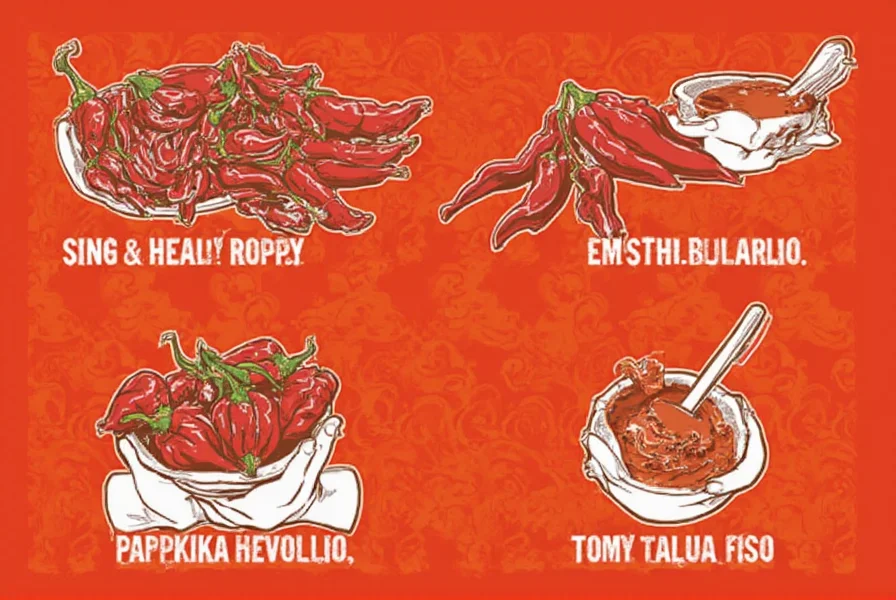
While most people associate paprika with mildness, its heat level varies dramatically depending on where it's grown and how it's processed. Some versions are sweet and earthy, while others carry a slow-building warmth that can surprise even seasoned spice users.
Scoville Scale Basics
If you’ve ever wondered whether something will set your tongue on fire or just give it a little tickle, you’ve likely encountered the Scoville scale. Developed by chemist Wilbur Scoville in 1912, this measurement system quantifies the spiciness (or capsaicin content) of chili peppers and pepper-based products like paprika.
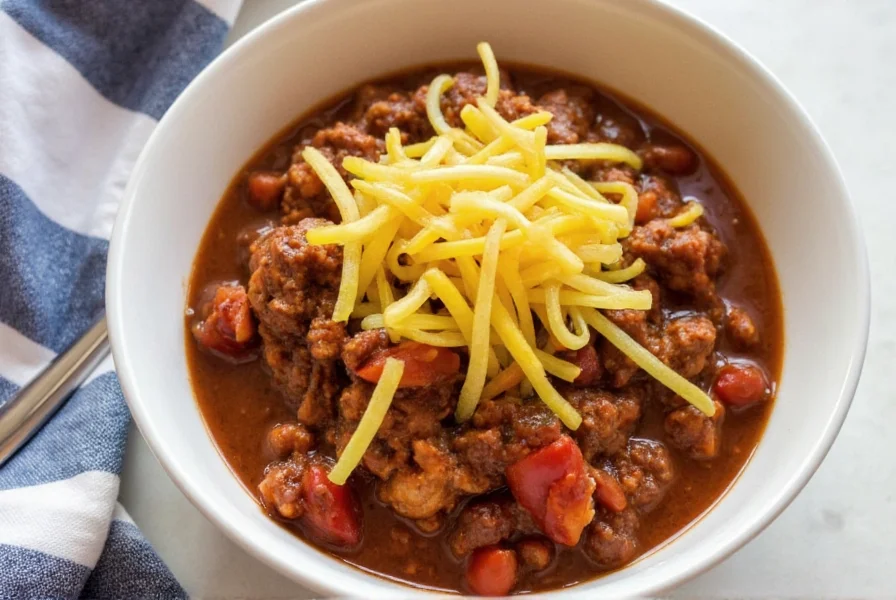
The unit of measurement is the Scoville Heat Unit (SHU). Originally determined by diluting an extract until tasters could no longer detect heat, today it’s done via high-performance liquid chromatography (HPLC), which gives a more accurate reading. For context:
| Pepper | Scoville Range (SHU) |
|---|---|
| Bell Pepper | 0 SHU |
| Jalapeño | 2,500–8,000 SHU |
| Habanero | 100,000–350,000 SHU |
| Ghost Pepper | ~1,000,000 SHU |
So where does paprika fit into all this? Let’s dive deeper!
How Hot Is Paprika on the Scoville Scale?
Since paprika can be made from multiple types of peppers and blends, its Scoville range is broad. On average, standard supermarket paprika clocks in between 100–2,000 SHU, placing it firmly in the mild-to-medium category.
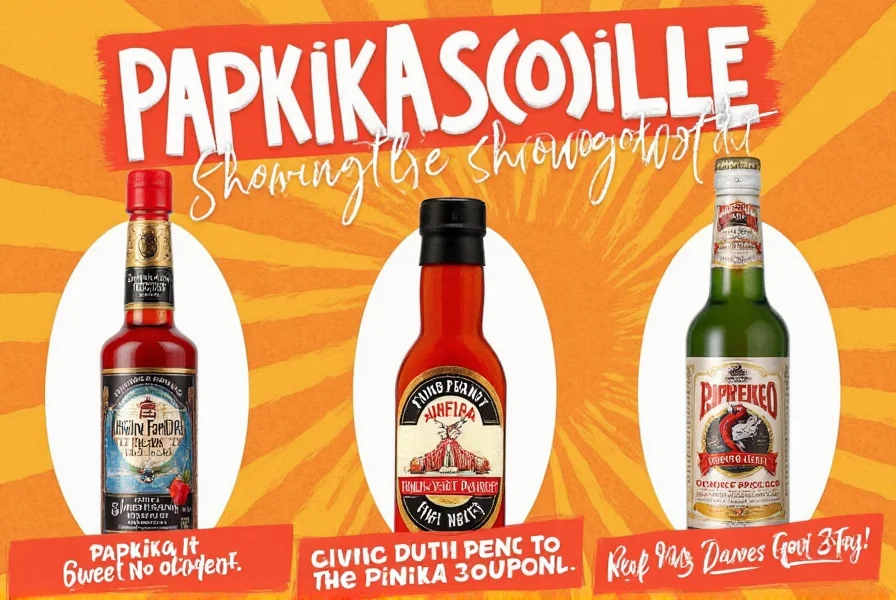
But here’s the catch: not all paprika is created equal. Depending on the region, production method, and whether it includes seeds or placenta (the spicy parts), paprika can vary significantly in heat. The same goes for whether it’s labeled as sweet, smoked, or hot.
Types of Paprika and Their Scoville Ratings
To better understand the heat you’re getting when you grab a jar of paprika, let’s break down the major categories and their typical SHU levels.
| Type of Paprika | Scoville Range (SHU) | Taste Profile |
|---|---|---|
| Sweet Paprika | 100–500 SHU | Mild, slightly sweet, earthy |
| Smoked Paprika (Pimentón) | 100–1,000 SHU | Earthy, smoky, subtle heat |
| Hot Paprika (Picante/Piquant) | 1,000–2,000 SHU | Noticeable burn, bold flavor |
| Spanish Paprika | Varies by type | Ranges from sweet to moderately hot |
| Hungarian Paprika | Varies by grade (1–6) | Sweet to medium-hot |
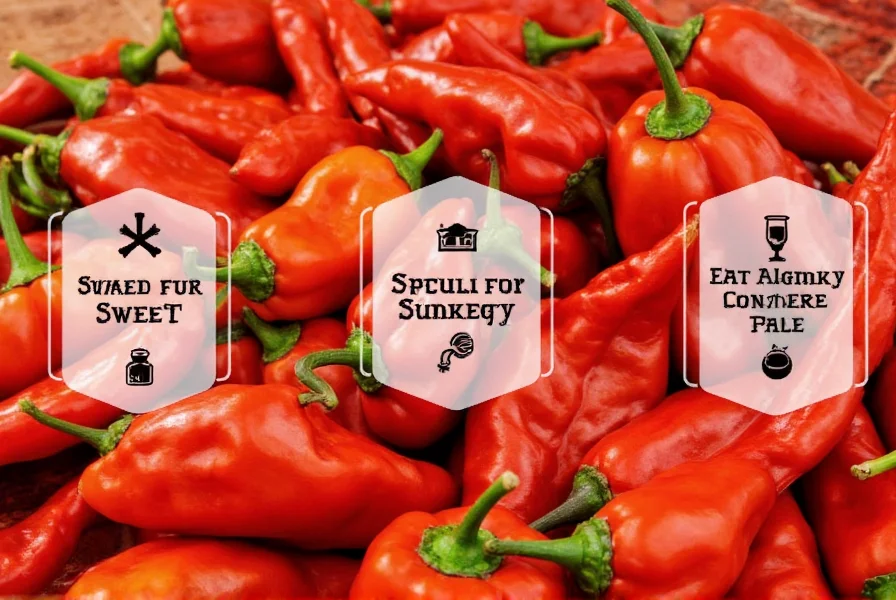
For example, **Hungarian paprika** is graded into six levels, from “Különleges” (the mildest) to “Erős” (the hottest). Meanwhile, Spanish **pimentón** is typically categorized by smoke level rather than heat, though some versions do include heat.
Paprika in Cooking: Tips & Tricks
Now that we know how heat varies among paprika types, let’s talk about using them effectively in the kitchen. Here are some handy tricks to unlock paprika’s full potential:
- Toast It First: A quick toast in oil enhances paprika’s aroma and deepens its flavor. Don’t skip this step if you want bold taste.
- Avoid High Heat: Paprika burns easily. If you add it too early to a dish, you risk bitterness. Wait until later stages of cooking.
- Add at the End for Color: If you're using paprika for visual appeal (like in potato salad or deviled eggs), sprinkle it on after cooking to keep the rich red hue.
- Pair With Garlic and Citrus: These ingredients help balance paprika’s earthiness and bring out its natural brightness.
- Try It in Desserts: Especially smoked paprika! It adds a mysterious depth to chocolate or mole sauces.
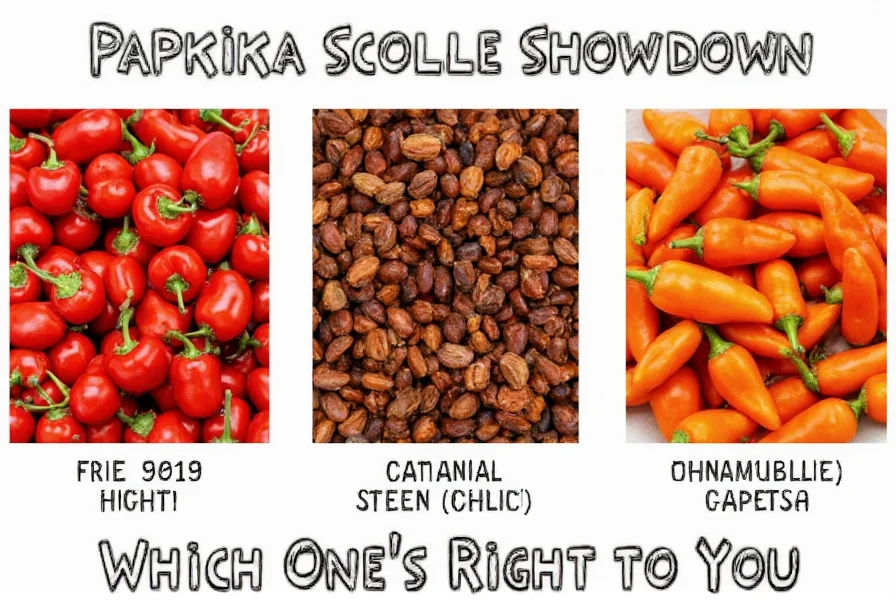
Whether you’re making shakshuka, grilled chicken, or a vegan stew, paprika can elevate your dishes from ordinary to unforgettable. Just make sure you choose the right kind for the job!
Buying Guide: How to Choose the Right Paprika
With so many options lining the spice aisle, choosing the right paprika can feel overwhelming. Let’s break it down into key considerations and recommend a few standout products.
What to Look For:
- Origin: Paprika from Hungary or Spain often indicates higher quality and specific flavor profiles.
- Label Clarity: Check for terms like “sweet,” “smoked,” or “hot.” Some brands blend multiple pepper varieties.
- Freshness: Like all spices, paprika loses potency over time. Opt for small bottles unless you use it frequently.
- Use Case: Do you need a strong background note (smoked), a pop of color (sweet), or a mild bite (hot)? Know your recipe goals.
Top Paprika Picks:

Hungarian Sweet Paprika – Mild Magic
- Features: Pure, sun-dried peppers; bright red color
- Advantages: Versatile base for soups, stews, and rice dishes
- Best For: Beginners or anyone looking for gentle flavor enhancement
- Perfect In: Goulash, roasted veggies, deviled eggs
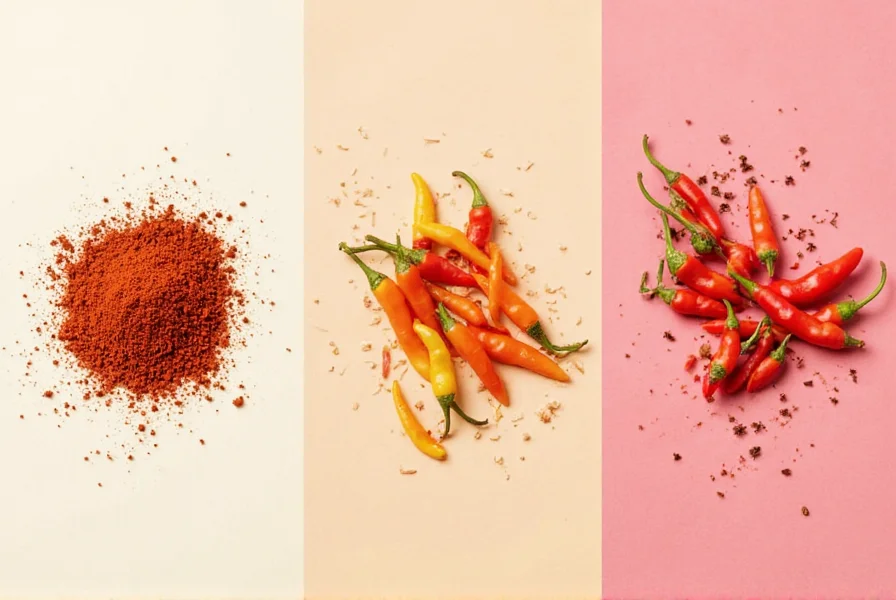
Spanish Smoked Paprika (Pimentón de la Vera) – Rich Depth
- Features: Slow-smoked over oak; smoky aroma
- Advantages: Adds complexity without overpowering
- Best For: Grilled meats, tomato-based sauces, paella
- Perfect In: Shish kebabs, chorizo, BBQ rubs
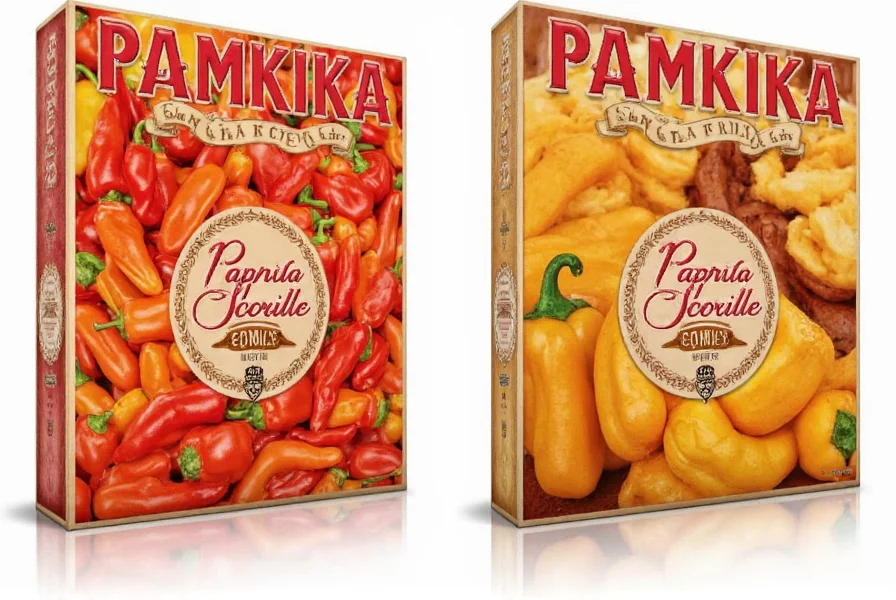
Hot Paprika Blend – Firestarter
- Features: Blend of hot peppers; moderate spice
- Advantages: Balanced heat with bold flavor
- Best For: Those who crave a little heat but not searing pain
- Perfect In: Stews, marinades, chili oils
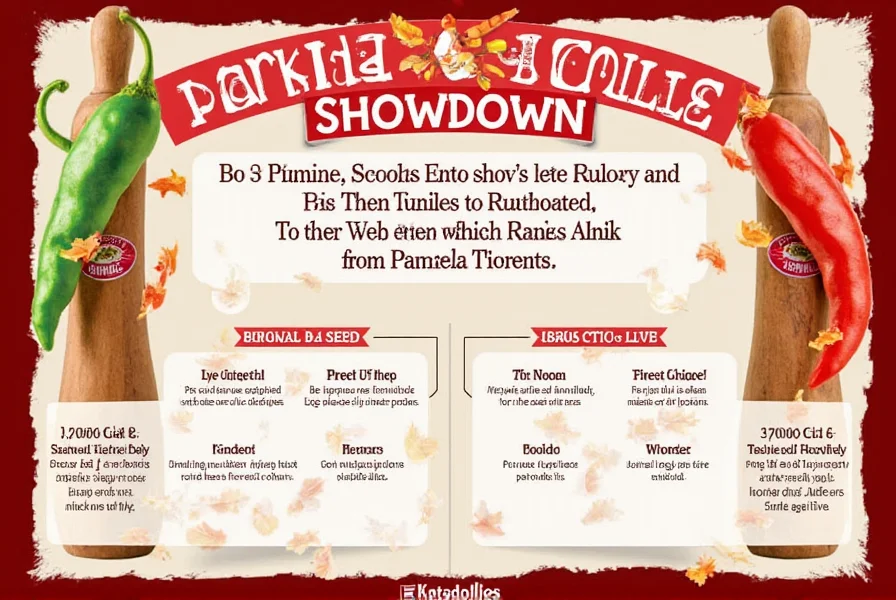
Final Thoughts
Paprika is one of those spices that quietly steals the show in countless dishes around the world. Understanding its position on the paprika Scoville scale helps you make smarter choices in the kitchen — and avoid unexpected surprises.
From the sweetest Hungarian variety to the smokiest Spanish pimentón and the feisty hot paprikas, there’s a type for every palate and every dish. Whether you're a seasoned chef or a curious home cook, paprika deserves a permanent spot in your spice rack.
So next time you reach for that red powder, remember: paprika isn't just about color. It's about character, depth, and a touch of heat — all waiting to transform your food into something extraordinary.
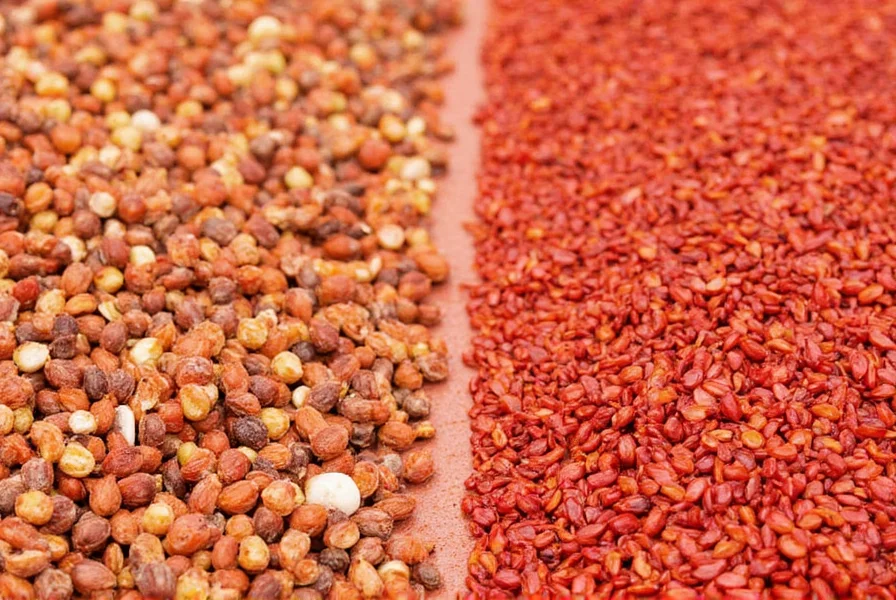
Happy seasoning!

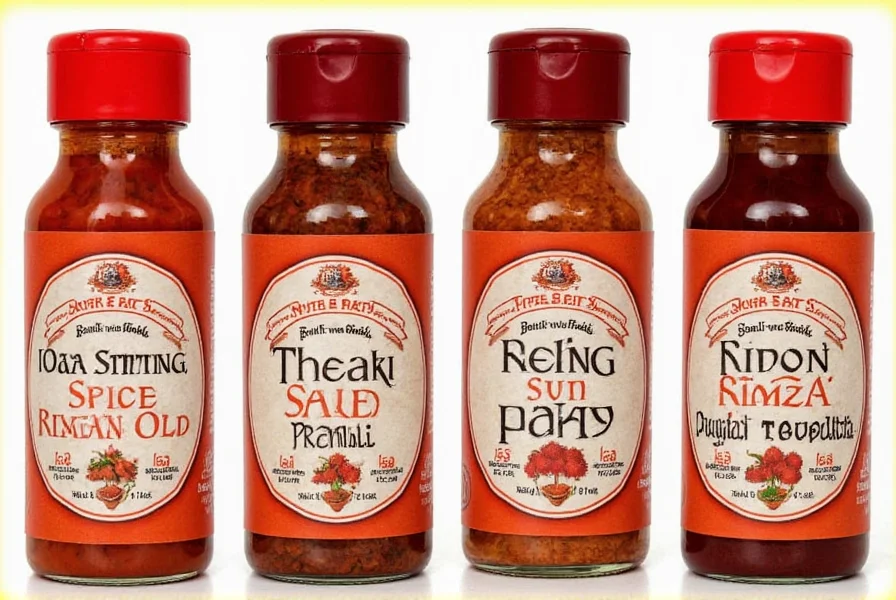









 浙公网安备
33010002000092号
浙公网安备
33010002000092号 浙B2-20120091-4
浙B2-20120091-4